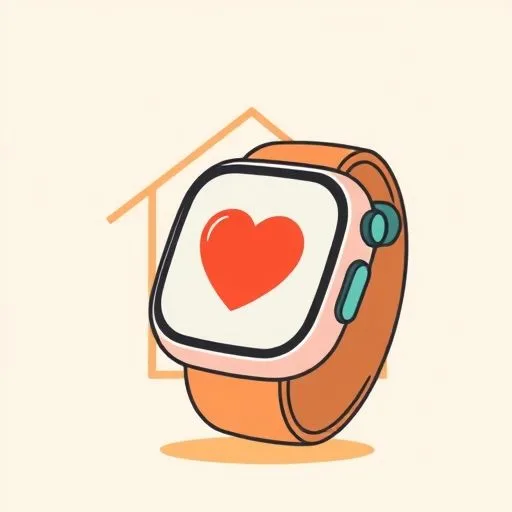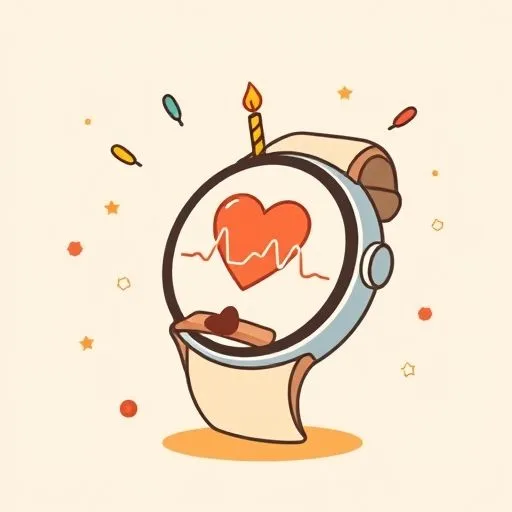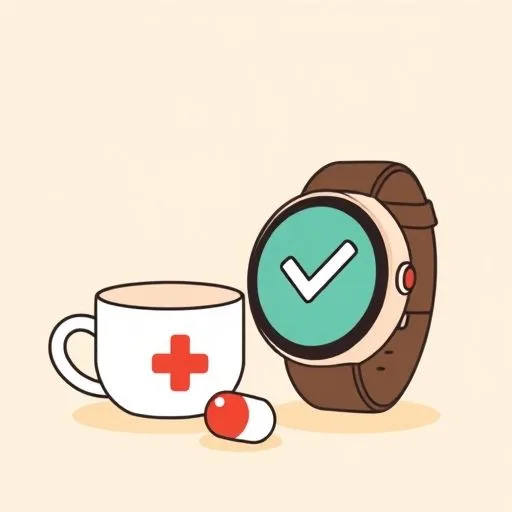
We all know those nights—couch cushions dented by exhaustion, tomorrow’s to-do list already looming. Parenting’s invisible labor isn’t just about packed lunches or signed permission slips. It’s that low, steady hum of worry that never really turns off. That’s why I’ve come to see wearables less as gadgets and more like family health tech guardians—steady sentinels monitoring what we can’t always see. Because sometimes peace of mind comes strapped to a wrist, reading the rhythms that keep our circus tent standing.
When Smartwatches Become Storytellers

Remember that weekend with the kids bouncing off walls after a sleepover? I recall your tired smile while we’re chasing the kids around the living room. But here’s what sticks with me: while we were drowning in melted ice cream and giggles, that wearable family health shield was quietly doing overtime.
Not counting steps like some productivity drill sergeant, but watching for signatures of LVSD—that tricky dip in the heart’s rhythm—like a mechanic listening for unfamiliar hums in the family minivan.
Doctor visits happen about as often as a full night’s sleep these days, yet this watch? It’s like our most consistent family member—present through spelling bee stress and stomach flu marathons. Though unlike goldfish, it doesn’t require feeding. Just occasional charging beside our phones cluttered with forgotten grocery lists.
Wristwatch Wisdom for the Exhausted & Overbooked

There’s something beautifully ordinary about technology that morphs identities seamlessly. The same device tracking work emails becomes a health companion during Saturday morning messes. I’ve thought about this during those tense late nights—when foreheads felt too warm and coughs sounded too deep—your smartwatch silently logging vitals while we played tag-team with medicine cups.
They’re just little notes in the story we’re writing together.
Teardown Without Tears (How Real Families Use This)
The tech itself unfolds like parenting pro-tips—no need for engineering degrees. Samsung’s ECG analysis makes it simple, almost like a visual checklist that helps us stay in the know. And when findings emerge, they arrive in graphs that feel like comfort food—visually gentle, nourishing in their clarity.
Proof that data can hold tenderness when offered as ally, not alarm.
Human Hearts, Digital Partners

No app or alert can replace the way we just know, deep in our bones, when our child’s not okay. But when adolescence hits harder than dropped smoothies, that silent partner whispers reassurance through quiet signs on your wrist. ‘No leaks detected below decks—carry on, captain.’
That pulse of normalcy? It feels like sea legs steadying us through stormy phases.
And isn’t that what we’re chasing eventually? Extra innings. More seasons coaching little league. More sleepy commutes singing off-key. More years witnessing their stories unfold because something designed by engineers learned to listen—really listen—like parents deciphering whispers through nursery walls.
(Our teen did once try checking her ’emotional instability levels’ during friend drama—turns out even eye-rolling experts recognize magic when it’s strapped to their wrists.)
Source: Samsung details upcoming cardiovascular condition detection via smartwatch, GSM Arena, 2025/10/02
